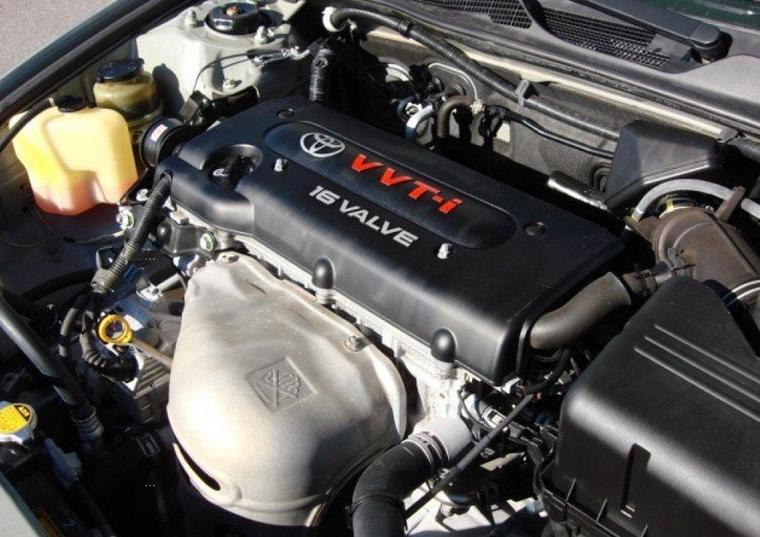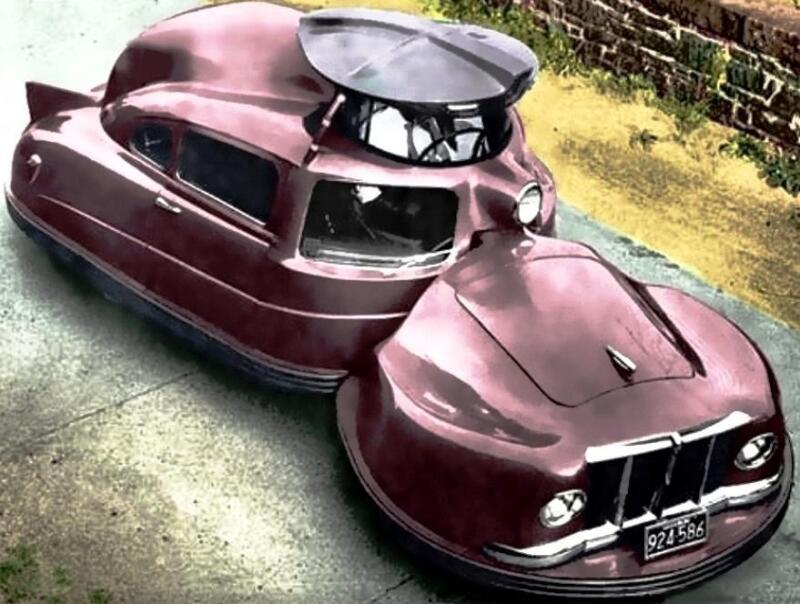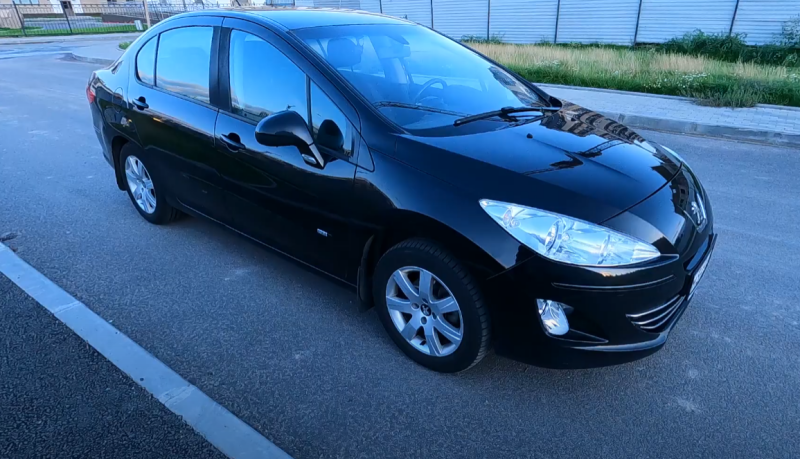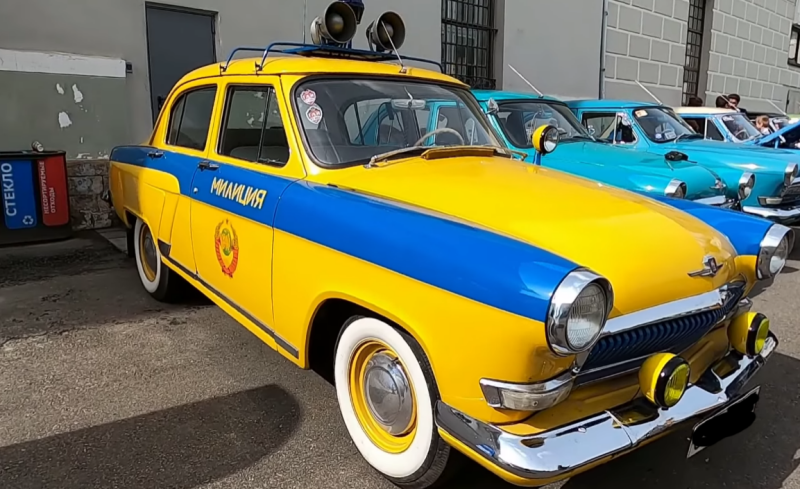First base motor
The 1S internal combustion engine series is still in production today. The production of power units began with a power of 90 hp. By the end of 1996, due to modifications and a boost system, the power was increased to 115 hp. With. with the same volumes of combustion chambers and dimensions of the unit.
 1985 Camry They talk about her with nostalgia - "Now they don't do such things." Photo: Youtube.com
1985 Camry They talk about her with nostalgia - "Now they don't do such things." Photo: Youtube.comThe engine had the following technical characteristics:
- ? Number of cylinders - 4
- ? Fuel type - gasoline
- ? Gas distribution system - ONS
- ? Fuel injection system - external
The first engines were equipped with carburetors, in which the combustible mixture was prepared for the combustion chambers of the cylinders. And already in 1985, the first electronic fuel injection system appeared. It was a prototype that had a single point Ci. But he immediately gave results: average fuel consumption decreased, indicators of harmful emissions improved. The engine worked up to 100 km without the intervention of mechanics. Then it was necessary to change components and assemblies due to their mechanical wear.
Early 1990s
In 1991, the company begins mass production of the motor, which has become legendary. The two-liter 3S-FE modification engine, equipped with a 16-valve cylinder head and two timing camshafts, is the hallmark of the concern and the pride of the brand.
The power unit was produced until the end of 2000 and underwent dozens of modifications. The characteristics of the motor had average indicators in comparison with similar units:
- ? Control system - Twin Camshaft
- ? Power - 128 liters. With.
- ? Torque - 179 N * m
- ? Fuel injection type - electronic
The engine had a resource of up to 500 km. The reason for this was a successful combination of factors: low power, large volume, simplicity of design and the absence of complex systems. It is worth noting that 000S-FE class motors work on Toyotas of those years of production without major repairs to this day.
MZ-family
The six-cylinder V-shaped engine was designed to replace the obsolete versions of its predecessors. The engine passed running tests and took its place on the production line from 1994 to 2007. The cylinder head has acquired a cast structure made of light-alloy aluminum, and the cylinders have become located at an angle of 60 degrees with respect to each other. Power from the connecting rod mechanisms was transferred to a crankshaft made of high-strength alloy steel. The timing system received a toothed belt. This required car owners to be more attentive to the car. Replacement every 100 thousand km, and this is if the operating conditions are not harsh. Since a business sedan often makes its main mileage within the city, the procedure was shown to be done several tens of thousands of kilometers earlier. Otherwise, the owner was waiting for an expensive repair.
The familiar aluminum cylinder head began to work in conjunction with a 24-valve system. This design significantly increased the economic performance of the motor. By reducing the weight of the crankshaft and pistons, engine power increased by 15%.
The engine was produced in three variations: volumes of 3,3, 3,0, 2,5 liters. In addition to performance characteristics, there were no fundamental design features. The family of motors had the following parameters:
- ? Power 208-233 l. With.
- ? Fuel consumption - 5,6-17,0 l / 100 km
- ? VVT-i fuel injection system
- ? Piston stroke - 83 mm
- ? Cylinder diameter - 92 mm
MZ engines have become the most problematic in the history of the Toyota concern. The motor was sensitive to oil changes. The interval was reduced to 10 km, glow plugs began to require replacement every 000 km, the timing belt began to break even before the 50 km mark. And the engine was changed as a complete spare part - there were no parts for repair. Operational problems even affected the popularity of the brand - Camry began to lose its won positions in the market.
 The MZ series demanded special attention from the owners. Photo: Youtube.com
The MZ series demanded special attention from the owners. Photo: Youtube.comThe knock sensor was also a vulnerable spot. With his failure, the car began to sharply lose momentum, surging and “power failures” appeared. Moreover, it was not always possible to diagnose a malfunction. The control system often gave erroneous information about the violation of the engine operation mode. Oil consumption "for waste" increased to 300 ml, which is three times more than the first motors. The reason is high power with a compact size of the power unit.
"Swimming" idle speed was traced on all engines. Some Camrys still suffer from this defect. One of the reasons is the poor quality of fuel. Contamination of the injector and throttle assembly leads to a malfunction of the fuel equipment, which was cleaned, as a rule, after critical violations.
Sixth generation Camry
The XV40 business sedan went on sale in 2006. The car received a 2,4-liter engine of an upgraded version of the 2AZ-FE. The cylinder head, exhaust system were improved, the pistons were cast from an aluminum alloy of low specific gravity. Thanks to these improvements, the power increased to 167 hp. With.
 Motor 2AZ-FE. These were put under the hood of the Camry in 2006. Photo: Youtube.com
Motor 2AZ-FE. These were put under the hood of the Camry in 2006. Photo: Youtube.comThe car began to accelerate to 100 km / h in 7,1-7,5 seconds. Technical parameters of the 2AZ-FE engine:
- ? Torque value - 220 N * m
- ? Cylinder diameter - 88,5 mm
- ? Piston stroke - 96 mm
- ? Compression ratio - 9,6
Such parameters turned out to be universal and made it possible to produce the engine in large-scale production. But the forced motor lost the main advantage that it had for more than 20 years. The design has become more complex compared to the first samples. Technical innovations, improvements and innovations have made the motor economical and environmentally compliant. However, maintenance and repairs have become more expensive - like its predecessors in the MZ series, the AZ motors are not "capitalized", but simply replaced as a spare part. Although we had “kulibins” who reanimated the tired “heart” of the Camry, history is silent to what extent such investments were justified.
Generation Change - 2AR-FE
In 2008, this motor replaced on a wave of environmental friendliness and became the most popular in the line. It has the same thin-walled aluminum block, making overhauls impractical. There were such solutions as a floating finger in the piston (by the way, the piston group is also lightweight), hydraulic lifters, and a variable valve timing system is installed on the camshafts.
 The unit has earned a lot of positive feedback from the owners. Photo: Youtube.com
The unit has earned a lot of positive feedback from the owners. Photo: Youtube.comNo major deficiencies have been identified so far. From the most unpleasant can be noted:
- ? The injection system still reacts nervously to fuel of dubious quality.
- ? VVTi clutches like to knock "cold"
- ? With an increase in mileage, a moderate, but oil-burning begins
- ? The pump can leak at any time.
But in general, the motor is quite resourceful, and with an attentive user, its 350-400 thousand km depart without any headaches and troubles.
Engines of the ninth version of the release
The basic version of the Camry is equipped with a 150 hp engine. s., as before. The difference is that the engine is mated to a CVT instead of an automatic transmission. The response to the gas pedal is quick and responsive, there is no slowdown or reaction delay.
Premium versions are equipped with a standard two-liter engine model M20F-FKS, which has a combined direct fuel injection system. Gasoline is supplied simultaneously to the combustion chambers of the cylinders and to the discharge pipeline. With a power of 150 liters. with., as in previous generations of Toyota, the torque increased from 192 to 206 N * m. This is reflected in the dynamics and intensity of acceleration. The engine is assembled in Japan and delivered to our assembly line.
 A cursory glance at the new Camry is enough to understand that it has a worthwhile engine! Photo: Youtube.com
A cursory glance at the new Camry is enough to understand that it has a worthwhile engine! Photo: Youtube.comThe 2,5-liter engine has a factory identifier A25A-FKS. It is also equipped with a combined injection system. The torque reaches 243 N * m. Overtaking on the track is made without reaction delay. The front support of the cylinder block is mounted on a hydraulic shock absorber. This reduces dynamic effects, vibration of the motor and extends its service life.
Perhaps this is one of the last lines of gasoline engines, with the departure of which the end of the era of internal combustion engines will be marked. Looking at the pace at which electrification of cars is going around the world, it is quite possible that the most popular business-class sedan will soon join the ranks of green cars on the planet.










